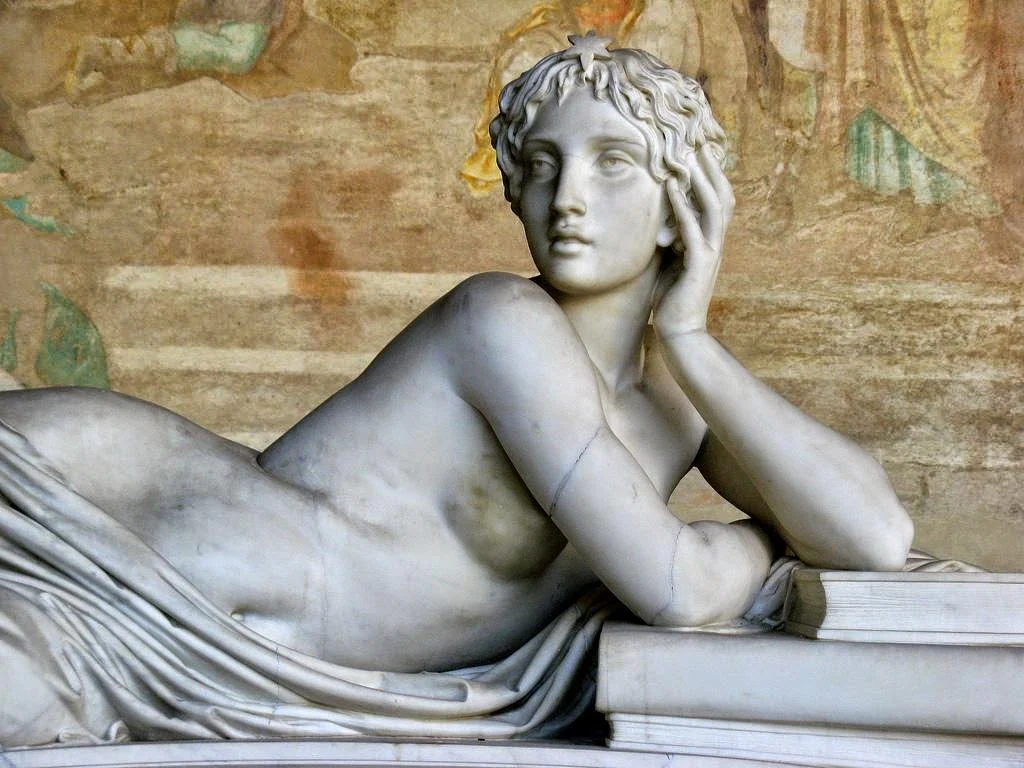Frederick Cayley Robinson (1862-1927) was a British painter🎨 of idyllic scenes and domestic interiors, decorator and illustrator.
Born 18 August 1862 at Brentford, Middlesex. Studied at St John's Wood and the R.A. Schools; lived on a yacht painting realistic sea pictures 1888-90; studied at the Académie Julian in Paris 1890-2.
The influence of Burne-Jones🎨 and Puvis de Chavannes🎨, and that of Fra Angelico🎨 after a visit to Florence in 1898, caused him to adopt a more decorative manner.

.jpg)
.jpg)
.jpg)
.jpg)
.jpg)
.jpg)


.jpg)
.jpg)